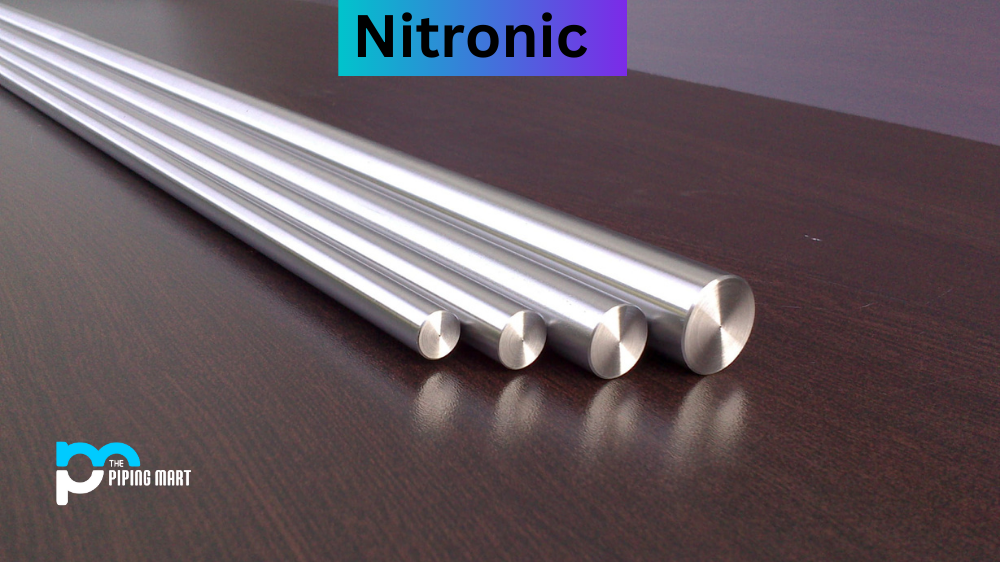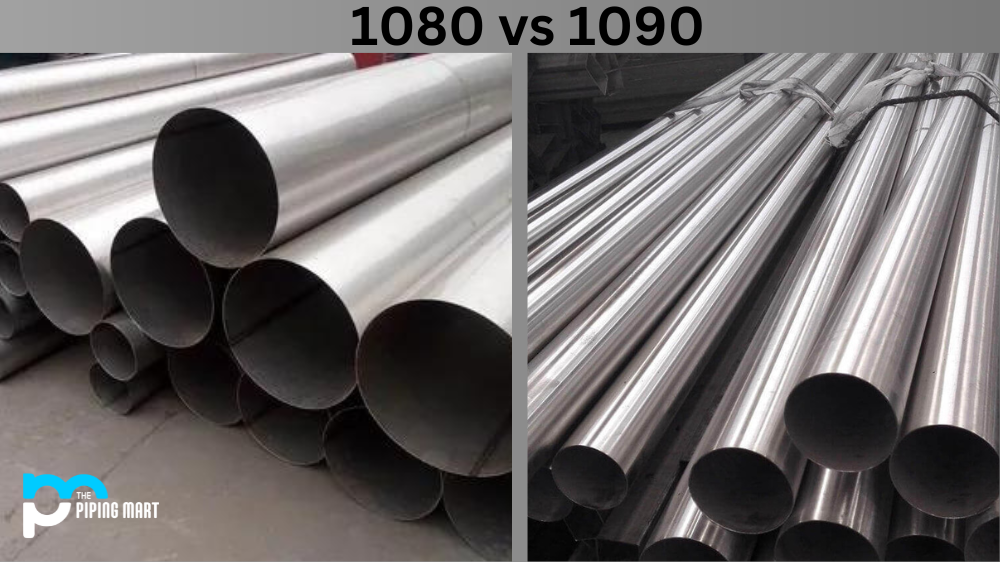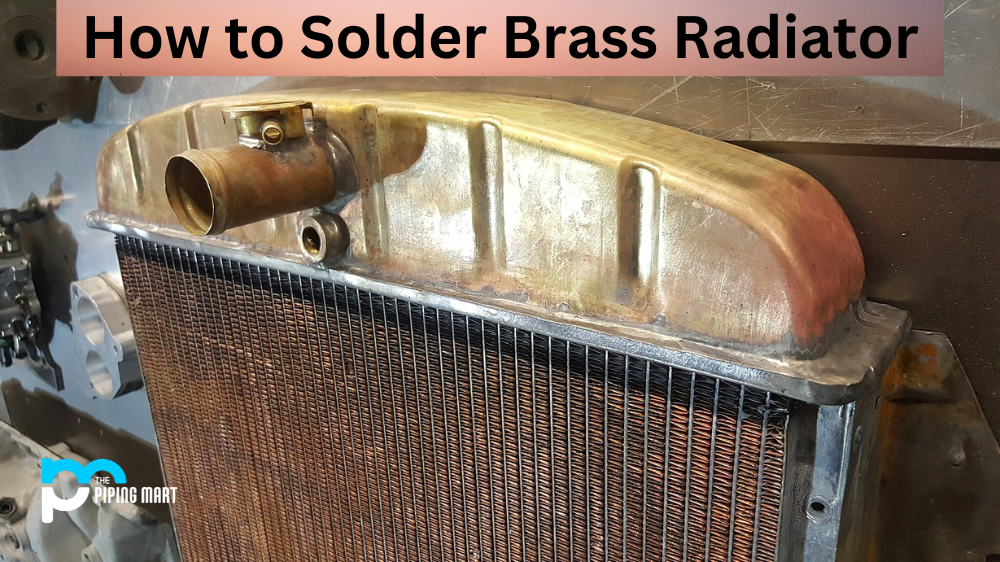Nitronic alloys are stainless steel types that have been around since the 1950s. These alloys are popular among manufacturers due to their high strength, corrosion resistance, and ability to withstand extreme temperatures. In this blog post, we’ll take an in-depth look at the advantages and disadvantages of nitronic alloys so you can decide if they’re the right choice for your next manufacturing project.
5 Advantages of Nitronic Alloys
One of the biggest advantages of nitronic alloys is their exceptional corrosion resistance. These alloys are composed of chromium, nickel, and molybdenum, which provide superior protection against rust and other forms of surface damage caused by corrosive environments. This makes nitronic alloys ideal for use in coastal areas or any other environment with high levels of humidity or exposure to salt water.
Additionally, nitronic alloys are highly resistant to heat. They can easily withstand temperatures up to 600 degrees Fahrenheit without losing any of their strength or performance characteristics. This makes them a great choice for applications requiring components that must survive high temperatures over extended periods of time.
Finally, nitronic alloys offer excellent machinability and weldability compared to other types of stainless steel. This makes them easier to work with during production and reduces the time required for fabrication processes such as cutting and welding.
- Nitronic is austenitic stainless steel that contains nitrogen instead of carbon. This makes it more resistant to corrosion than other types of stainless steel.
- Nitronic is also more resistant to wear and tear than other types of stainless steel. This makes it ideal for applications where high levels of wear and tear are expected, such as in the food processing industry.
- Nitronic is also non-magnetic, which makes it ideal for applications where magnetic properties are undesirable, such as in the electronics industry.
- Nitronic is also easier to weld than other types of stainless steel. This makes it ideal for applications where welding is required, such as in the construction industry.
- Nitronic is also less expensive than other types of stainless steel. This makes it ideal for applications where cost is a major consideration, such as in the automotive industry.
5 Disadvantages of Nitronic Alloys
Although there are many benefits to using nitronic alloys, it is important to keep in mind that there are also some drawbacks associated with these materials as well. For one thing, these alloys tend to be more expensive than other types of stainless steel due to their higher levels of corrosion resistance and heat tolerance. Additionally, they are not as ductile as other stainless steels, meaning they may be more prone to cracking under certain conditions. Finally, these materials require special care during fabrication processes, such as grinding, in order to maintain their desired properties over time.
Corrosive
Nitronic acid is a highly corrosive substance that can cause damage to the skin and eyes. If the acid comes into contact with the skin, it can cause burns, and if it comes into contact with the eyes, it can cause blindness.
Toxic
Nitronic acid is also a toxic substance that can be harmful if inhaled or ingested. Inhaling the acid can irritate the lungs and throat, and ingesting the acid can cause stomach pain and vomiting.
Flammable
Nitronic acid is also a flammable substance that can catch fire easily. If the acid is exposed to heat or flame, it can ignite and cause a fire.
Environmentally Harmful
Nitronic acid is also an environmentally harmful substance that can pollute water and soil. The acid can also kill plants and animals if it enters their environment.
Dangerous to Handle
Nitronic acid is also a dangerous substance to handle, as it can be easily spilled or splashed. If the acid comes into contact with the skin or eyes, it can cause burns or blindness.
Conclusion
Nitronic alloys have a number of advantages that make them attractive for use in a variety of manufacturing projects. They offer outstanding corrosion resistance and can handle extreme temperatures without losing any strength or performance characteristics. Furthermore, they offer good machinability and weldability compared with other types of stainless steel, making them easier to work with during production processes such as cutting and welding. However, it is important to keep in mind that these materials come with some drawbacks, such as higher costs than other varieties, reduced ductility, and special care needed during fabrication processes such as grinding. With this information in mind, you should now be able to determine if nitronic alloys are the right choice for your next manufacturing project.
Meet Heer, a dynamic and driven writer learning tricks of her trade in the metal industry. With a background in Digital Marketing, Heer brings a unique perspective to her writing, sharing valuable insights. Apart from blogging she like reading and hiking.




